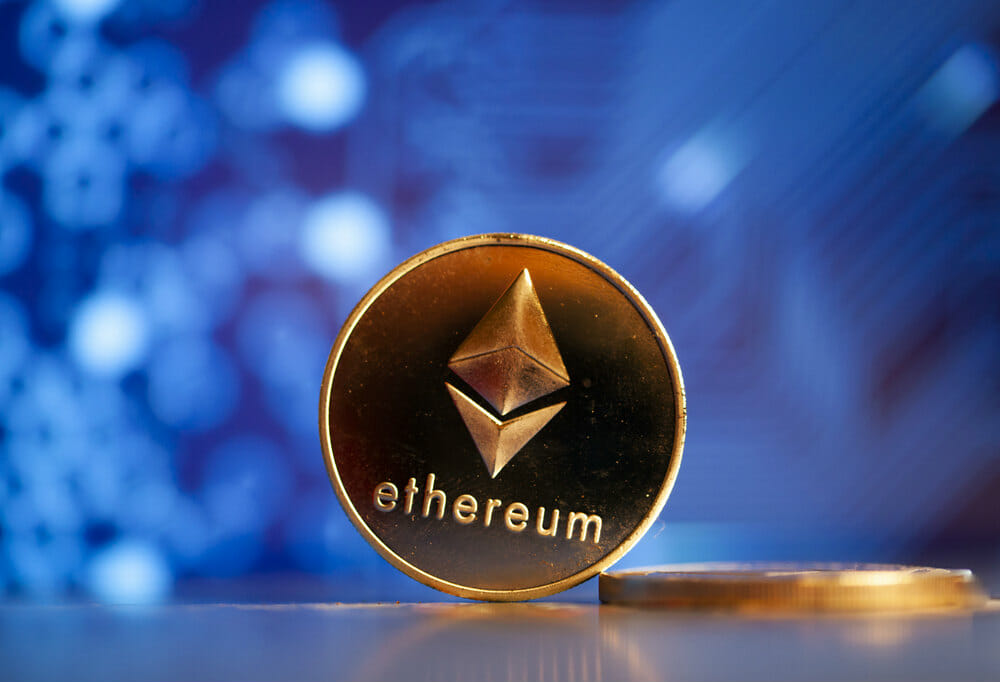Ethereum (ETH) appears to be the most popular top 10 cryptocurrency by market capitalization with 79 million wallets. The asset has potential for high volatility due to the low number of wallets containing 50% of its supply.
On the other hand, Bitcoin (BTC) has the lowest volatility due to low trading activity and the distribution of half of its supply across 4,500 wallets.
A Chainalysis report indicated that the number of Ethereum (ETH) wallets accounts for the majority of crypto participants in July 2023, while the number of Bitcoin (BTC) wallets grew to 50 million, addresses with ETH balance increased to 79 million.
Bitcoin faces the lowest volatility risk, with 4,500 wallets holding 50% of the asset supply. On the other hand, ETH offers the highest probability of price changes, with only 131 wallets accounting for half of its supply.
Staking Pools Increase Ethereum’s Liquidity after “The Merger”
Staking pools such as Lido and Rocket Pool offer investors rewards based on the amount of Ethereum they deposit. As a result, despite the large concentration of ETH in a few wallets, the distribution of ownership means that individual withdrawals are unlikely to be large enough to move the price.
DeFi “liquid staking” protocols such as Lido essentially preserve Ethereum’s liquidity while providing the long-term benefits of staking. Maintaining liquidity is critical to protect prices from market instability.
Lido issues one derivative token to investors for each Ethereum they deposit. The token, called “staked ETH,” is worth the same as ETH and can be invested in decentralized financial protocols to earn returns.
Staking pools became popular in the run-up to The Merge of Ethereum, in which its consensus layer changed from Proof-of-Work to Proof-of-Stake.
By using these services, investors can block ETH to share in some of the rewards that validators get for protecting the Ethereum network.
Ethereum and USDC wallets consistently rank high on the list of how many tokens active traders hold. In July 2023, active wallets held approximately two-fifths of the USDC supply and nearly half of all ETH.
ETH and USDC activity is likely correlated with the widespread use of the pair in decentralized finance (DeFi). Traders often convert US dollars into dollar-linked stablecoins, such as USDC to be used in decentralized financial services.
Ethereum Wallets Have Been More Active
Concerning the 2020 third quarter, during the so-called “DeFi summer,” and the first quarter of 2022, Ethereum wallets have been more active than Bitcoin holders, as they transacted at least once a month and consistently outperformed BTC activity during the 2021 bull market. This is shown in a graphic entitled Ethereum wallet holders remain more active than Bitcoin holders developed by Chainalysis
On the other hand, Bitcoin holders have tended to take a long-term view, and most of the supply is in wallets that do not transact frequently. Statistics show that exchanges have only held 20% of all BTC since 2020.
It is important to point out that subsequent Terra’s bankruptcy in mid-2022, several companies appear to have stocked up on the asset in anticipation of the next bull rally.
By Leonardo Pérez











